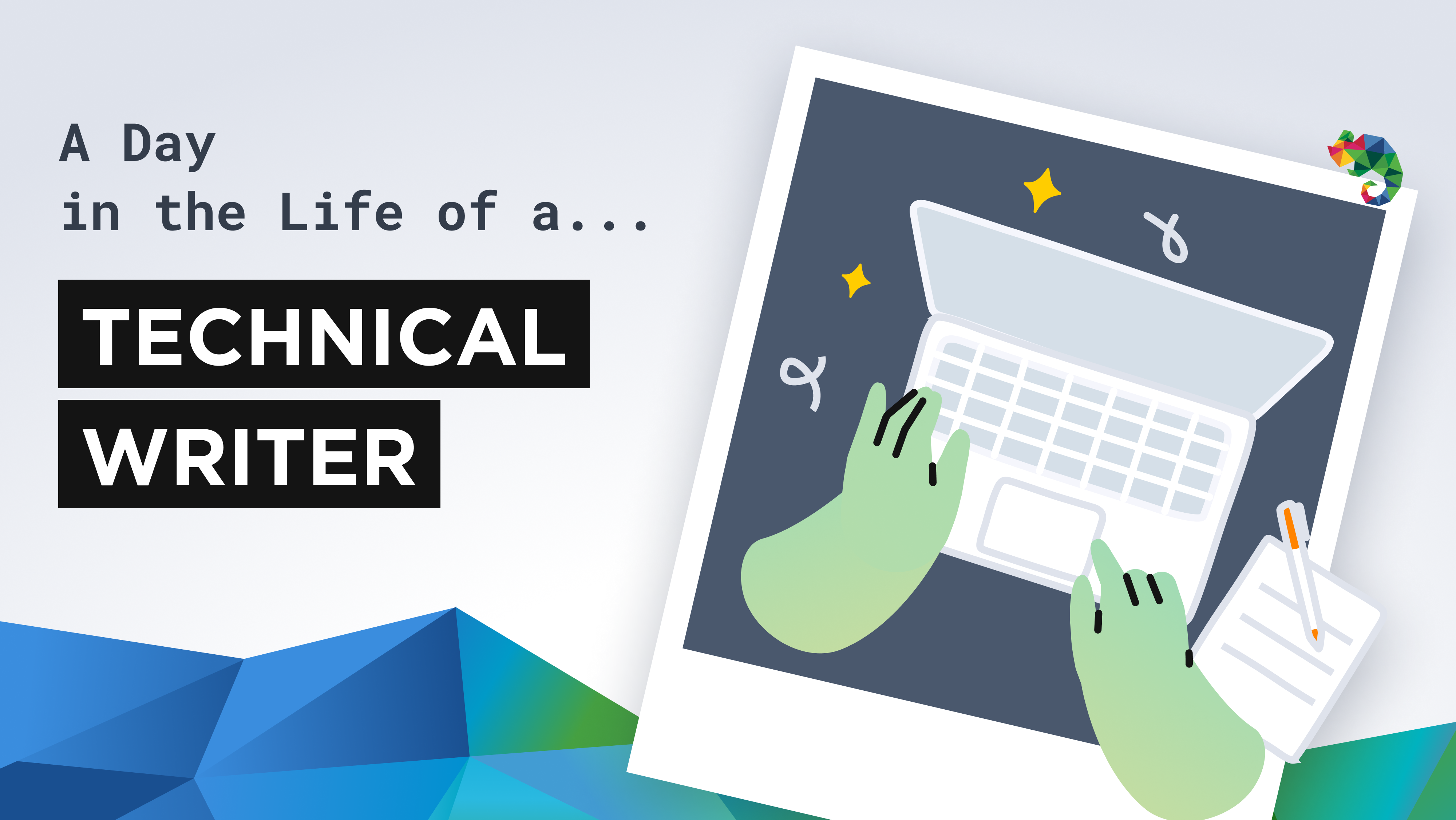





Technical writing is an essential role in any tech company - bridging the gap between complex technical information and clear, user-friendly documentation. I recently had the opportunity to interview Alex, one of our technical writers at platformOS, to gain insight into his daily routine, collaboration within the Documentation team, and the tools he uses. Here’s a detailed look at a day in the life of a technical writer.
Can you walk us through a typical day in your role as a Technical Writer at platformOS?
A typical day for me varies depending on the project I'm working on. Usually, I start by focusing on a specific task, which involves researching, planning, drafting, writing or reviewing documents, and examining the resources. I also communicate with my team on Slack regularly. Some days, I have standups and meetings to share our progress and help each other if we encounter any issues.
How do you approach creating and organizing technical documentation?
I follow a structured and collaborative process for creating and organizing technical documentation:
Planning: I identify the audience and gather requirements from stakeholders.
Research: I collect information by interviewing subject matter experts and using the product firsthand. This helps in understanding the project I’m documenting thoroughly.
Drafting: I begin with an outline, then proceed to write clear and concise content. I also incorporate visual aids, such as screenshots or diagrams to enhance understanding.
Reviewing: I seek feedback from peers and stakeholders and iterate based on their input.
Organizing: I structure the documentation with logical headings and consistent formatting.
Maintenance: I regularly update the documentation to reflect product changes and user feedback. This involves reviewing the existing content to ensure it aligns with the current state of the product and discussing new features with project owners to integrate the most current developments.
How do you collaborate with developers and other teams to gather information?
I use Slack for both synchronous and asynchronous communication with team members. I have regular meetings, usually on Zoom, such as standups, to be aware of the project’s progress and upcoming changes. If I get stuck or need specific information, like learning more about a new feature, I set up meetings with the subject matter experts and ask for a demo. We also use a ticketing system to collect tasks and resources, which helps us keep track of the state of each task.
What are the biggest challenges you face as a technical writer, and how do you overcome them?
One of the biggest challenges I face is understanding complex technical concepts. I overcome this by collaborating closely with subject matter experts, gathering information, conducting thorough research, and gaining hands-on experience with the product.
How do you ensure your documentation stays up-to-date with the latest product updates and changes?
I ensure my documentation stays up-to-date by having a documentation process and integrating it into the development workflow. I use version control systems like Git and regularly review and update content to reflect any product changes and user feedback.
How do you collaborate with developers, product managers, and other stakeholders to ensure accurate and comprehensive documentation?
Similar to gathering information, I collaborate through calls, gain hands-on experience during demo sessions, and send documentation for review to get technical and user feedback.
Can you share a particularly rewarding project or piece of documentation you've worked on recently and why it stood out to you?
One project I'm particularly proud of is the Certifi user guide we prepared for the Washington DC Department of Buildings. Certifi is a platform, providing a solution for applying for a Certificate of Occupancy (CofO). This user guide is part of an ecosystem, involving different guides for various audiences. It was a huge task and I’m especially proud of it. This project also stood out because it was the first time we used DocsKit instead of PDFs, resulting in a much more usable user guide with a better user experience.
What tools and technologies do you use in your work, and how do they enhance your ability to produce effective documentation?
I use various tools to help my workflows:
Google Docs: Great for team writing projects, sharing documents, and creating the first draft. It’s easy for everyone in the company to use, even if they don’t know much about technical stuff like Git or Markdown, because it is not part of their roles or main focus. This means anyone can add their ideas without any hassle.
Markdown: A lightweight markup language for text formatting to ensure consistency and readability across platforms.
Docs as Code: By treating documentation like code, I can use the same or similar tools and workflows as developers, promoting version control, continuous integration, and automated testing.
GitHub, Git: In the Documentation team, we use Git for version control, which allows us to manage changes to our documents. GitHub serves as our platform for storing all documentation and facilitating collaboration with developers and other technical writers. This setup ensures that everyone on the team has access to the most recent versions at all times.
VisualStudio Code: A great text editor with tons of extensions available, offering additional editing capabilities like language and syntax checking, along with preview functions. It’s extremely useful for ensuring your work is precise and well-presented.
ChatGPT: I rely on this AI-powered assistant to help generate initial drafts, brainstorm ideas, and review and refine content. It's incredibly useful for quickly producing high-quality text and ensuring everything is clear and coherent. It’s like having an extra set of eyes that never gets tired, or a peer-writer who always provides you feedback when needed!
Figma, FigJam Boards: These tools are fantastic for interactive brainstorming sessions and crafting visual aids such as diagrams and flowcharts with the team. They make it easy to visualize our ideas and collaborate in real-time, which boosts our creative process.
Trello: Trello is used for managing projects, organizing tasks, and keeping track of progress. It makes coordinating with team members easy and visible. Whether we’re setting deadlines, updating statuses, or just staying aligned, the board ensures that all project details are organized and available to everyone involved.
Can you share an example of a project or task you worked on recently that made you feel proud or valued as part of the team?
I felt particularly proud of my work on the platformOS /try page. My iterations were well-received and made me feel valued as part of the team.
In your opinion, what sets our company apart from others in the industry, and how does that reflect in your daily work routine?
What sets platformOS apart is our team of helpful, bright individuals who create an intellectually stimulating and enjoyable work environment. Additionally, our flexible work hours and advanced tools enhance daily productivity and foster innovation.
What advice would you give to someone just starting out as a Technical Writer?
My advice to anyone starting out as a technical writer is to view your learning journey as a marathon, not a sprint. Developing expertise in this field requires time, so be patient and allow yourself the space to grow. Dedicate effort to sharpening your skills and broadening your knowledge. Build strong relationships with subject matter experts (SMEs) and actively seek their insights to clarify technical details. Whenever possible, gain hands-on experience with the products you are documenting. And remember, writing is an iterative process: your first draft is just the beginning. Embrace revisions and learn from each iteration; with every step you take, you become a better technical writer.
These insights highlight how important the role of a technical writer is and the collaborative, dynamic environment in which they thrive. If you’re looking to start a career in technical writing, consider these experiences and advice as you navigate your path.
We took care of everything from draft to deployment, all within a refined Docs as Code workflow.